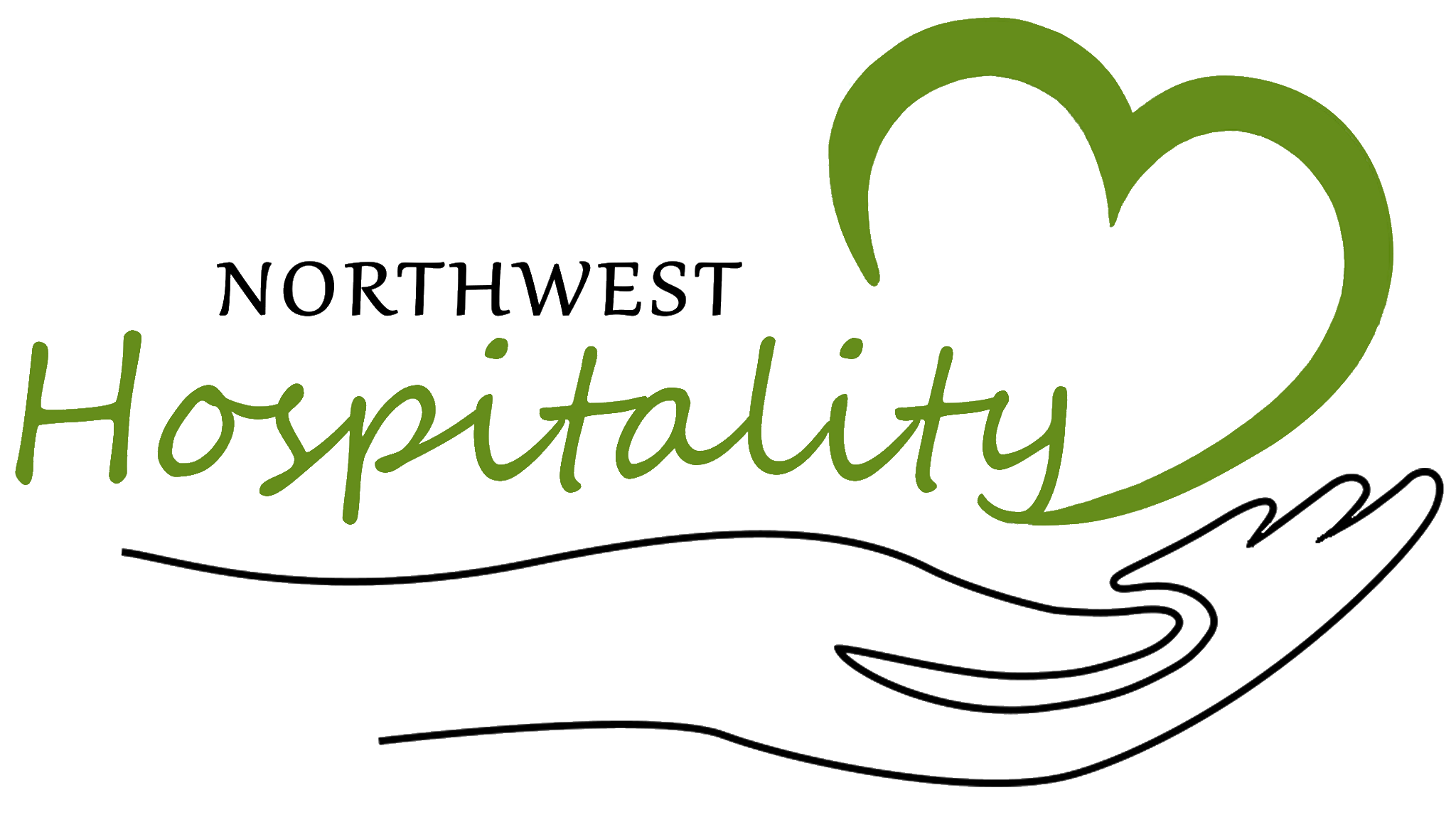Deep Dive Chapter 3: Impact Visualization
Welcome to chapter three of our deep dive series where we take an incredibly boring topic and make it fascinating. Short of that we tell you all about it because it's important :)
Our approach to serving our neighbors through the conduit of our fantastic communities, makes detailed tracking of our impact a bit of a challenge. That said, we're doing our best to provide more information than anybody could possibly care to look at...in a way that makes finding what you're looking for simple and useful.
Airtable, again, features heavily in our attempts. When you visit the Impact section of our website you'll see several tables and a few links.
Annual Summary
The first table is a straight forward annual summary. This is a live record of our donations, expenses, volunteer hours, and budgets. You see this information live as soon as we update our records. This is a manual process, so if you notice that your check has cleared but it isn't showing in the database yet, it may take us up to a day or two to catch up on the books but we try our best to stay right on top of our donation entries. Next to this table is an archive of links for the summaries of past years.
Of course you can also get all this information by setting up your own filters in the donations table described in chapter 1 of our deep dive series...if you're into that kinda thing ;)Kit Distribution Data:
The second table is the best way we have been able to show an approximation of where our kits are ending up. Unfortunately, this can't be more accurate, but only because kit distribution is such a great community activity. We can't track the kits after they're out of our hands so this table simply provides an idea of where they are getting distributed.Manual distribution indicates that Anton is recording direct distribution of kits, either by himself or by someone who reported that information to him.
Distribution parties are displayed when groups order kits for distribution (possibly including assembly) and have their members find recipients.
Community distribution essentially describes manual distribution to community members who will then find recipients in their community. For example, Anton occasionally has a display set up on the Washington State Ferries and is starting to work on unmanned kiosks in locations like YMCAs and other community hubs.
Distribution Map:
The link to the kit distribution heath map is mostly for fun and fancy visuals. It's the same data as in the kit distribution table just displayed in a map.Hospitality Card Tracking
Our hospitality cards have been providing meals for over a year now. Every card we've had out there, along with how much money has been added to it, can be observed in this data. The data is grouped by whether the card is "retired" or not. Cards are retired after a few months of inactivity and their remaining funds are transferred onto an active card.
You can change the grouping and filters on this data to view it in any way you wish.Haircuts for Our Homeless Neighbors...I think we'll break this one down on it's own because this post is already too long so stay tuned! :P
